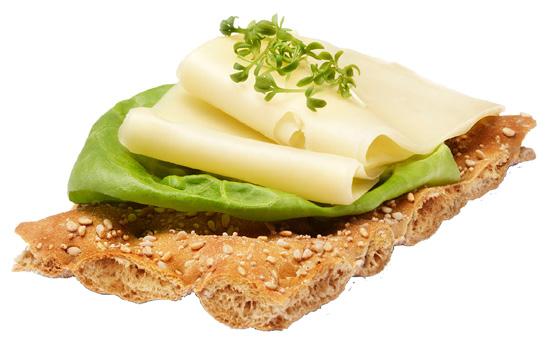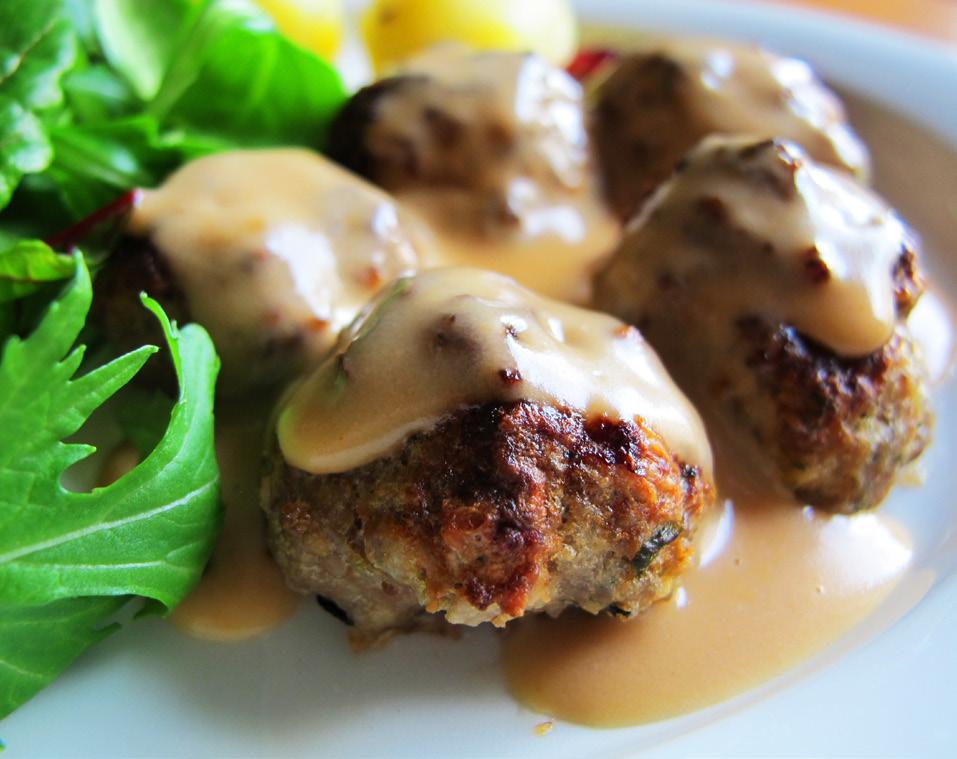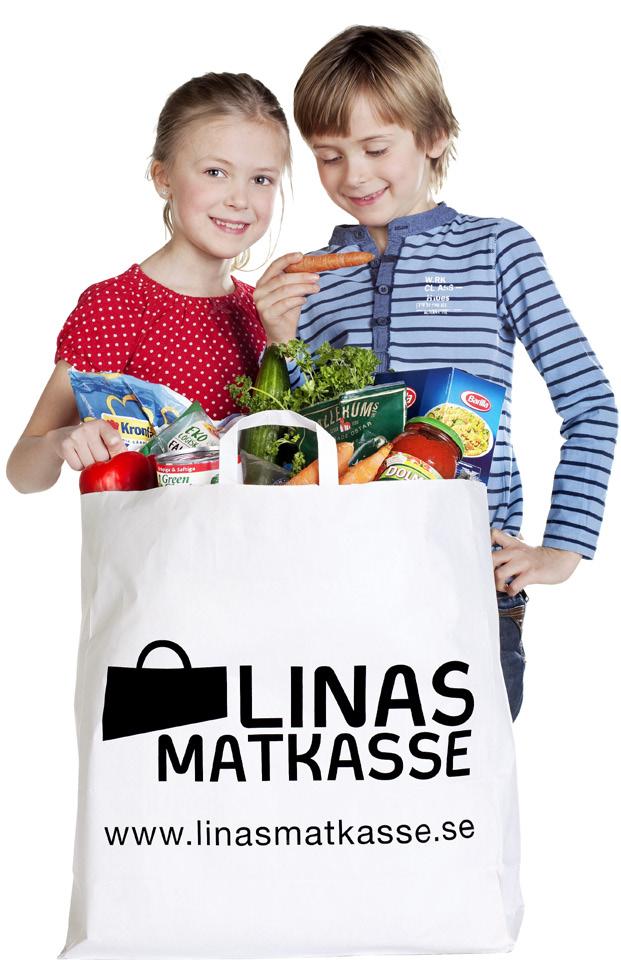
7 minute read
Top Sju
Lifestyle
Top Sju 1
Volvo Takes the Lead with Bi-fuel Car
The Volvo Car Group recently unveiled its new bi-fuel car, featuring Westport Innovations’ natural gas fuel system, in Sweden. The Volvo V60 Bi-Fuel car is able to run on either compressed natural gas or gasoline and has a 213-horsepower engine and a driving range of 1,120 km. “Demand for natural gas vehicles in Sweden is expected to increase in response to the pending extension of the Government of Sweden’s alternative fuel tax incentive program,” said Westport executive vice-president Ian Scott. The number of natural gas vehicles in Sweden is expected to triple by 2018, from 31,000 to 92,000.
2
Sweden’s Artemis to Stay in America’s Cup
Sweden’s Artemis Racing Team will remain in the America’s Cup sailing regatta following a fatal accident last month, but said it will not be ready in time for the start of preliminary races scheduled for early July. The participation of Artemis in the regatta, scheduled to begin on July 4 and continue into September, was thrown into doubt after its 72-foot (22-meter) catamaran capsized and broke apart on May 9 during a training session, the second time one of the controversial multi-hulled boats has flipped in San Francisco Bay. The Artemis accident killed British Olympian Andrew Simpson, who was trapped underwater by the wreckage, and raised questions about the fundamental soundness of the huge, lightweight boats, which can reach speeds of close to 50 miles per hour (80 km/h).
3
Londoners Keep Fit Swedish-style
Homesick expats and lovers of all things Swedish can now keep fit Swedish-style, thanks to Friskis & Svettis classes opening across the British capital. There are now seven ‘Swedercise’, or ‘Healthy & Sweaty’ instructors in London, running old-school, back to basics workout classes in the classic red Friskis & Svettis uniform. Just like when the organization started in Sweden in the Seventies, classes are non-profit and so cost a very reasonable $7.75 per session.

AC72 testing in San Francisco. Photo © Sander van der Borch/Artemis Racing
4
Gotland Medieval Week – a Top Event
For eight days in August (4-11), Gotland will be transported back to the Middle Ages. Knights clash in jousting tournaments, there are medieval markets and music, theatre and lectures, all in the historic setting of Visby, a magnificent walled town that was formerly a Hanseatic town and is now a UNESCO World Heritage site. www. medeltidsveckan.se.

5

Top Ten Swedish Foods
Now here is an interesting top 10 list following in the food theme of this issue. If a non-Swede, after living in Sweden for a number of years left Sweden, what food would they miss – here is a list that we have borrowed from the website semiswede.com. In general the list is about things that would be difficult to get outside Sweden – without seeking out a specialty store or Swedish traditional
celebration of same type. Here it is – does this match your own list? 1. Räkor (Shrimps) 2. Prinsess Tårta (Princess cake) 3. Nypon Soppa (Rose hip soup) 4. Kanel bullar (Cinnamon rolls) 5. Varmrökt lax (Warm-smoked salmon) 6. Filmjölk (Soured milk) 7. Jordgubbar (Strawberries) 8. Semlor (Cream bun) 9. Lingon (Lingon berries) 10. Spettkaka (Spit cake)

6
Top Crisp Bread in North America
The very famous Wasa “knäckebröd” is increasingly being appreciated by the North American pallet. The crisp bread as all Swedes know is very healthy and it is gaining increasing popularity in North America. Crispbread is both a light and healthy sandwich or snack and can be consumed anywhere, anytime and almost with any topping – the Swedes happily put raw fish (sill) or egg and Kaviar. Wasa’s key ingredient, whole grain flour, provides great flavor and nutrition. Whole grain flour is made from the whole grain and contains all the valuable parts of the grain, including the bran and the germ, making Wasa crispbreads a wholesome food. The Wasa brand now has a 60% share of the crisp bread market in North America and may introduce other formats of its light and healthy snack in the future.

7Gamla Slottet Tre Kronor – the Only One
While many tourists enjoy the present day royal palace in Stockholm, Sweden, not all are aware of the previous Renaissance-era castle and its historic, fiery destruction in 1697. Replaced by the Baroque Stockholm Palace which exists today, the only remains of the old fortress Tre Kronor are a few portions in the cellars – which now house a museum dedicated to this past architectural symbol of Sweden’s military prowess and the grandeur of the early Swedish Empire.
After visiting the Museum Tre Kronor in 2007, researcher/architect Michael Lindner of Columbus, Ohio, fell in love with this historic wonder of northern-European Renaissance architecture. Disappointed that the museum did not offer a paper-craft model of the castle, Michael decided to take on this task for his own education and enjoyment. After years of research and hours of craft, he debuted his castle model for the Scandinavian Club of Columbus in April 2013, along with a presentation on his research and artistic efforts.
Using professional architectural modeling software, he then digitally reconstructed the entire castle from the moats up to the gilded three-crowns ornament atop the main tower, Tre Kronor.
In the Fall of 2012, Michael converted the model from digital to physical, working out the cuts and folds needed to form it entirely out of printed cardstock, supplemented only with a few beads and wire. His intent is to develop a reproducible kit for other expert hobbyists who wish to take their own educational tour of the castle Tre Kronor.
The public can see his model creation and take their own virtual tour at the 2013 Jamestown Scandinavian Folk Festival July 19-21.


Lifestyle
Food

Traditional Goes Trendy – Changing Food Habits in Sweden
By Martina Söderlund
After years of kebabs, Lebanese mezes, Thai food stands, and sushi bars popping up all over the country, Swedes seem to have fallen back in love with traditional ways of preparing and eating food. It’s a renaissance of going ‘back to the basics’, both when it comes to cooking at home and eating out.
The traditional Swedish ‘husmanskost’ has made a full comeback and appreciation for the classic cuisine is again very strong. Gourmet restaurants with master chefs such as Magnus Ek and Mattias Dahlgren have appreciated the flavors of Nordic traditional cuisine for some time and others have now followed. Menus of any well respected restaurant include expensive versions of ‘husmanskost’. It’s made in a modern way with some new ingredients and some taken away, but based on the fundamentals of the classics, a gratitude for making food from scratch and staying away from processed products is evident.

Also at home Swedes appreciate seasonal flavors and more time is being spent preparing a solid meal. A few years back, a sourdough bread baking wave hit the country and sourdough bakeries popped up in every corner of the larger cities. The “sourdough hipsters”, mostly men in their 30’s who baked for days, have over the last year traded in their baking skills. They are now engaged in making home-made sausages, grinding their own meat, and making meatballs or hamburgers from scratch. Of course, all the ingredients are Swedish. The health trend clearly mirrors the food trend. The search for nutritional and less processed food is gaining importance and Swedes are looking for organic (ekologiskt), locally produced (närodlat), or even ultra-locally produced, for those who are willing to pay quite a few more Swedish kronor for their groceries.
For working mums and dads trying to get the puzzle of life to fit together with as little stress as possible, the latest trend is to order a grocery bag or “matkasse” to your home. Linas Matkasse, started in 2008, is a successful company that recently won the “Comet of the Year” award. The concept involves getting a set of grocery bags delivered directly to your home weekly or bi-weekly. The bags include not only the groceries you need to cook for dinners, but also full recipes for up to two weeks, until the next set is delivered. So no effort and time going to the store, no brainpower required for figuring out what to make, just plug-and-play in the kitchen with healthy and varied food available at home every week.
So after decades of Swedes viewing their traditional Swedish food as pretty boring, time consuming and complicated to make, the Swedish cuisine is now recognized globally as simple and healthy but deliciously interesting with unique flavors based on high quality produce. It’s a trend that makes so much sense. So, full credit to the generation that taught Swedes the love of real food and good cooking.











